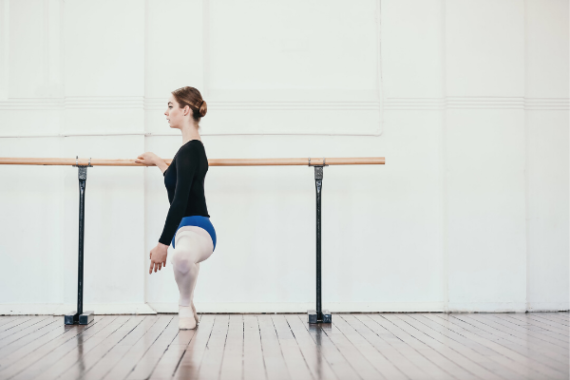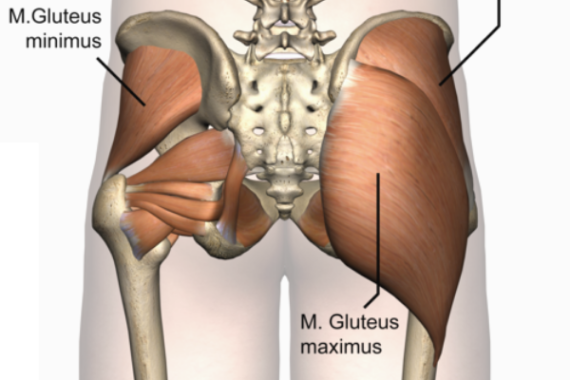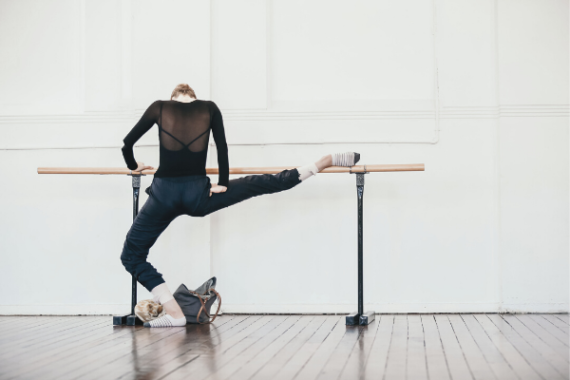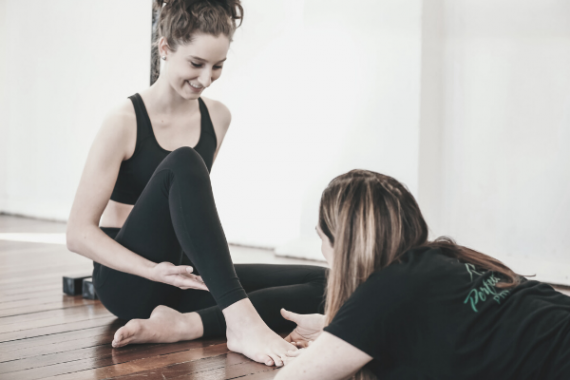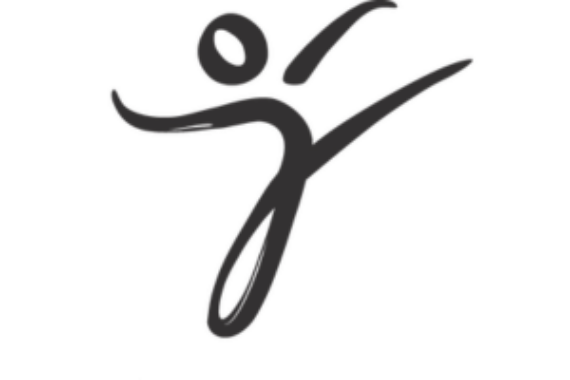- Free Articles
- Shop
- Workshops
- The Dance Educator Series
- L1 – The Fundamentals
- L2 – Pointe Intensive
- L2 – Flexibility Intensive
- L2 – Training Turnout in Tiny Dancers
- L3 – Foot & Ankle Injuries in Dancers – NEW
- L3 – Hip Injuries in Dancers
- L3 – How to Train Extreme Mobility Safely
- Upcoming Workshops
- Workshop FAQ’s
- Workshop Testimonials
- Host Application Form
- Dance Teacher & Health Professional Directory
- Members Areas
- Cart
- My Account
Should Dancers Use Orthotics?
The question I chose to answer this week is from a Dance Teacher wondering about the effect that orthotics have on young dancer's feet...
Hi Lisa!
Do you think that orthotics are helpful for ballet students who pronate their feet? Should dancers even use orthotics? Is it more effective long- term, to train their feet, posture, gait, etc into the correct position? Some students I have who use orthotics in normal footwear then find it difficult to work correctly in class without them (eg standing or balancing with their arches lifted and weight properly distributed etc ). Do orthotics discourage or help the development and strengthening of the small foot muscles, leg muscles, correct posture and weight distribution, etc ... that so much of your program is aimed at?
Thanking you
Kaye
Hi Kaye,
Thanks so much for your question, and it is a very pertinent issue! Dance teachers are often concerned that children wearing orthotic inserts in their shoes all day will not develop the necessary control in their feet to support them while dancing. Many parents on the other hand are understandably worried about the development of their children’s feet if they are not in the correct alignment and are often assured by podiatrists that the best option is to get them into orthotics as early as possible.
As is so often the case in questions about the body, the answer to this question is multi-dimensional, and there are many factors to consider!
The foot is an amazing engineering feat. The famous artist Leonardo da Vinci had a fascination with human anatomy and has been quoted as saying “The human foot is a masterpiece of engineering and a work of art.”
The many bones of the foot are organised in a way to allow shock absorption, dynamic propulsion, and balance in all kinds of positions. When working properly, it allows us to run, jump and dance in the most extraordinary ways. Unfortunately, however, things can go wrong especially in young children going through periods of sudden growth and in dancers who demand so much of their feet.
So, should we use orthotics to support the foot in the right position? Or should we train the foot to control itself?
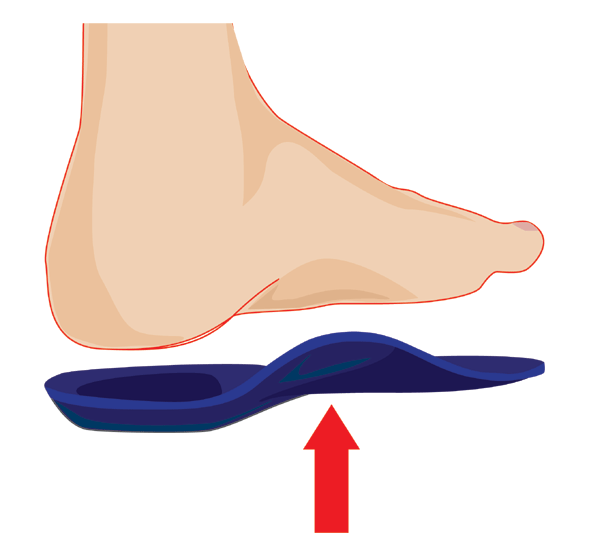
In my opinion, and from extensive observation of thousands of feet, the best approach appears to be a combination of both approaches. If a young dancer comes into the clinic with poorly placed feet, I do encourage them to be fitted for a flexible yet supportive custom-made insole to reposition their foot during the day.
This video explains a little more about my views of using orthotics with young dancers.
While ideally, we should all have amazing foot control and not need any devices to help us out, unfortunately, this is not the case, and sometimes we need a little helping hand as we find out how to do it ourselves. This may be a result of constantly being on flat floors, and in enclosed shoes, as I find that children brought up outdoors and barefoot often have better natural foot control than their city friends.
You are also completely correct in that any pronation issue should be corrected by a complete training program addressing the hip, core, gait, leg alignment, and any muscle imbalance issues that may be present. Correctly controlling the turnout from the hip often corrects the pronation issue, as well as preventing any knee problems from occurring.
Any student I see who is fitted with orthotics is then taken through a comprehensive training program to correct any weaknesses in their feet, hips and core, and to learn how to support their own feet over time. This is exactly the kind of program that is in The Perfect Pointe Book, and all of our other programs that are focused on identifying and correcting these weaknesses to make dancers stronger and safer!
I like to think of orthotics as “trainer wheels” for the feet. When a young child is learning to ride a bike, small wheels off to the side can let them learn the feeling of turning the peddles and steering the bike, without the fear of toppling over. As they get more confident the wheels are lifted off the ground a little, and then removed, as they learn to balance the bike on their own.
We do exactly the same thing with orthotics.
In the beginning, many people need a reasonably firm orthotic to help reposition and support the bones into the correct alignment. This helps the rest of the body begin to work in an aligned way and build the appropriate strength and training habits that are needed. As strength in the foot improves, support in the orthotic is gradually reduced to challenge the foot more.
In choosing this type of orthotic to use in this case I do have a few words of warning.
Many students come to see me with rigid orthotics in their street and sports shoes. While this may be needed for short periods by people with severe alignment issues, I do not feel that most children should be in such hard orthotics. The human foot is designed to move as we walk, and as such, any orthotic should be dynamic and move with the foot, as well as support it.
If a hard orthotic is used, the foot may only move at the ankle and the toes, changing the natural firing patterns of the whole lower leg. Often people who have been in this type of hard orthotic for a long period of time have a very rigid mid-foot that can lead to other issues in the feet and legs.
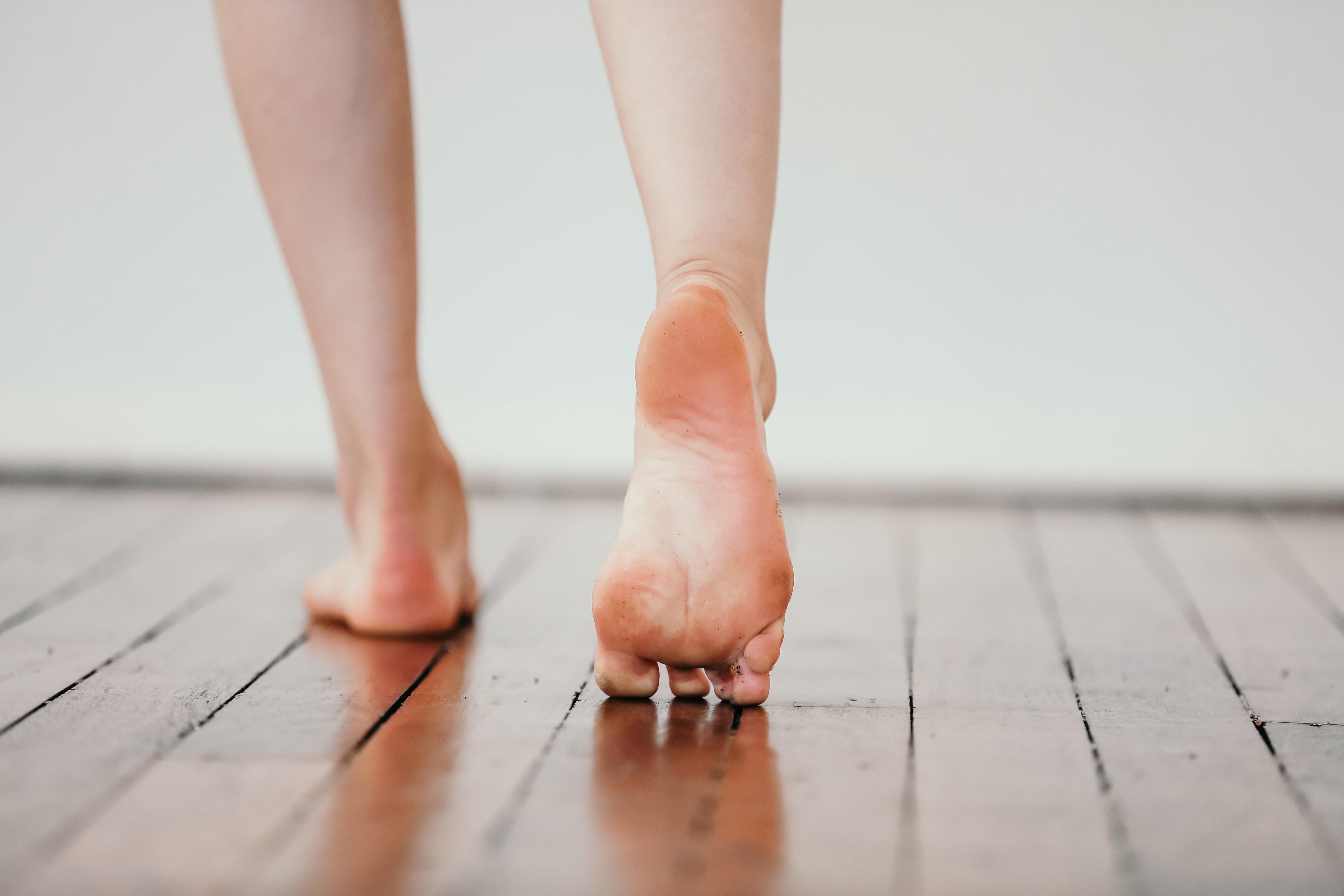
Sports orthotics, crafted from multiple layers of different density foams are often the best choice for active people. These inserts provide 'just enough' support while allowing movement in the correct alignment to develop strength. It is best if these inserts are custom made, so you may need to hunt around in your local area to find a podiatrist or physical therapist who makes them.
As the strength in the foot and the rest of the body develops, the amount of support that the orthotic is giving can be reduced, so that it is more of a ‘reminder’ (Proprioceptive feedback) to stay in the right place.
Many people have tried to create an orthotic device that can be worn in ballet shoes, but unfortunately, I have not yet seen one that is very effective. My feeling is that dancers should be able to control the position of their feet without support in their dance shoes, and this is a definite requirement before starting en pointe.
I do however also recommend that students dancing full time have a soft supportive insole in their day-to-day shoes. When our feet have been working so hard all day, they do need a little support to prevent any overuse injuries. For this, I recommend a heat mouldable insert that simply helps support the muscles of the foot, rather than structurally repositioning the foot. Obviously, this needs to be accompanied by a good supportive shoe for the best results!
Unfortunately, sloppy ballet flats just don’t cut it!
We do have these heat mouldable inserts available in our Online Shopping Cart and they come with clear instructions on how to use them.
Please also remember that inserts may be used not only for people who pronate (roll in) but also for the ones who supinate (roll out). This can be a bigger problem than many teachers realise. Some students, in their attempts not to roll in, try to correct the placement of the foot by rolling out. Unfortunately, this can actually block mobility of the foot and lead to other issues.
I do hope that this has answered your question well enough!
Kindest Regards
Lisa
Pointe Resources
If you are looking to delve deeper into this topic, check out the following programs:
- The Perfect Pointe Book: This course was originally designed to help students and dance teachers safely prepare for pointe work. The four stages of tests and exercises within the book are ideal for pre-pointe preparation classes, students close to achieving pointe shoes and students already en pointe looking for extra strength and technique training.
- Pointe Range: This online program comprises of 41 clear and concise videos, totalling just under 2 hours play time, this course begins with a series of assessments to establish exactly what structures are restricting your pointe range. It then explores a diverse array of massage techniques, joint mobility exercises and fascial mobilisers to safely improve your pointe range. This is followed by an in depth look at retraining all of the muscles that stabilise the foot and ankle to allow you to actually use your new found pointe range in class.
- Pointe Intensive: This online virtual workshop is designed for both Dance Teachers & Health Professionals working with dancers. This three day Intensive will give you the most up-to-date advice in the industry to help you understand your students’ needs, analyze their differences, and them you the tools to help your students become the best dancer they can be.



